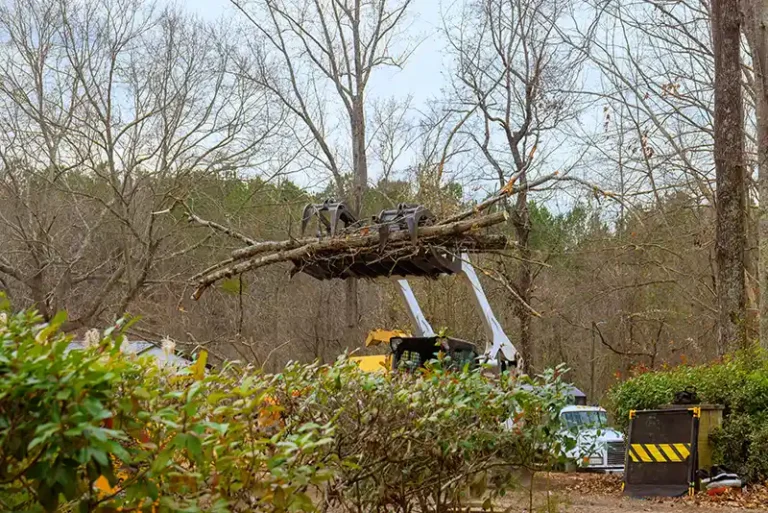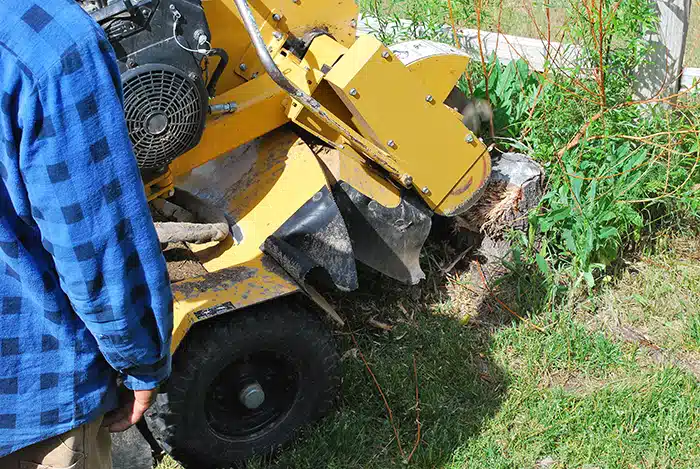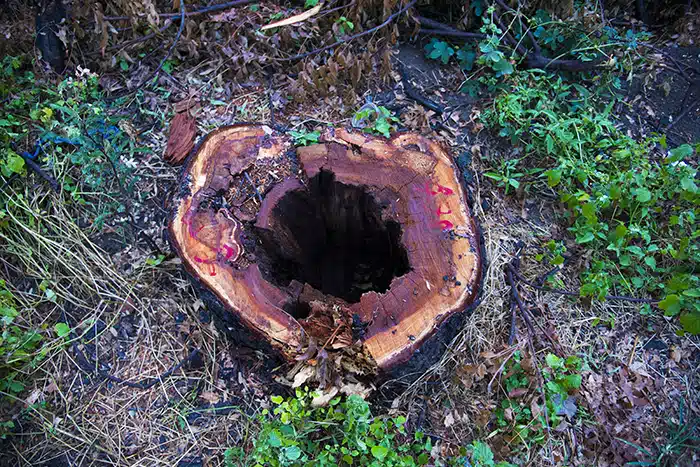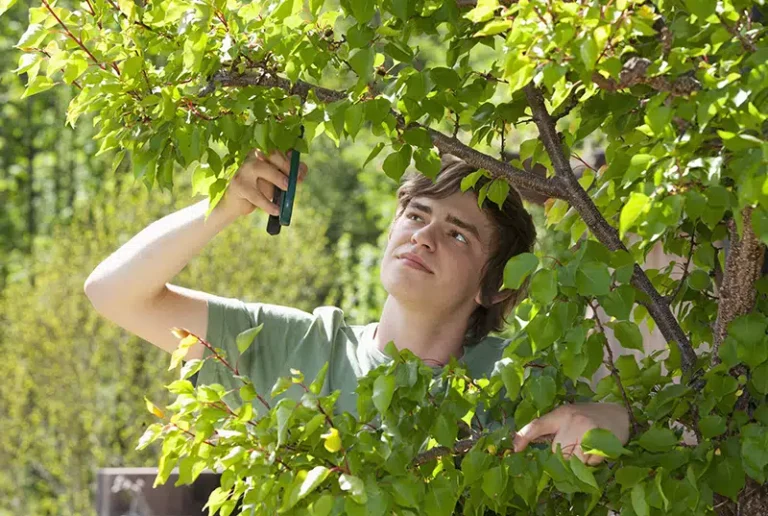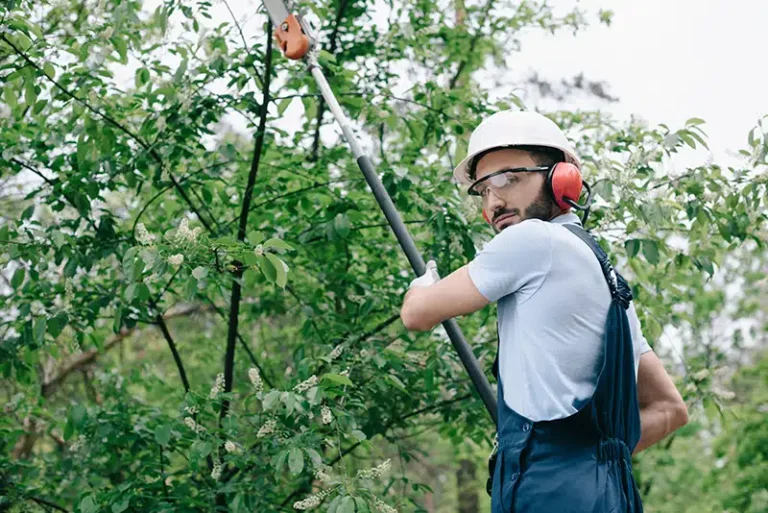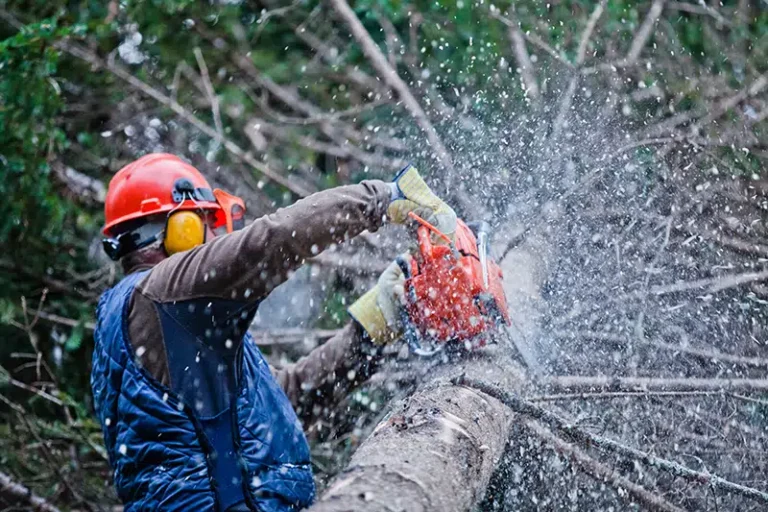Why Do Different Tree Species Require Unique Pruning Approaches?
Pruning is a vital part of tree care, but it’s not a one-size-fits-all task. Different tree species have unique growth habits, structural needs, and seasonal cycles that affect how and when they should be pruned.
What works well for one type of tree could harm another. Understanding these differences is essential for maintaining tree health, encouraging proper growth, and preventing long-term damage.
Whether you’re caring for ornamental, fruit-bearing, or shade trees, knowing the right pruning technique for each species can make all the difference.
Tree Growth Patterns Vary Widely
Each tree species grows in a distinct way, which affects how it should be shaped and maintained through pruning. Recognizing these patterns helps guide your approach.
- Fast-growing trees like willows or poplars may require more frequent, lighter pruning to prevent weak branching.
- Slow-growing hardwoods like oaks need minimal pruning and can be harmed by over-pruning.
- Trees with naturally upright growth (e.g., columnar species) may need selective thinning rather than full shaping.
- Wide-spreading trees like maples benefit from strategic canopy reduction to avoid limb stress.
Tailoring your cuts to match a tree’s growth form encourages structural integrity and aesthetic balance.
Pruning Times Differ by Species
Timing your pruning correctly helps the tree heal faster and resist pests or disease. However, not all trees thrive with the same seasonal schedule.
- Flowering trees like dogwoods and magnolias should be pruned after blooming to preserve buds.
- Fruit trees, including apples and pears, are often pruned in late winter to stimulate productive spring growth.
- Evergreen trees such as pines or spruces respond best to early spring or mid-summer trimming.
- Certain species like elm or oak are prone to disease if pruned during active insect seasons.
Following the ideal pruning window for each species keeps trees healthy and resilient.
Wood Density and Healing Speed Differ
The type of wood and how quickly a tree seals wounds can impact how and where you make pruning cuts.
- Hardwoods like maple or oak form dense wood and need cleaner, more precise cuts to avoid damage.
- Softer-wood trees, such as birch or willow, may tolerate lighter cuts but are more prone to stress.
- Trees with slow wound closure should not be heavily pruned in one session to avoid decay.
- Faster-healing trees can tolerate more aggressive pruning when properly timed.
Knowing a tree’s wood type and healing rate helps prevent dieback, disease, and unnecessary stress.
Disease Susceptibility and Pest Risk Vary
Some tree species are more vulnerable to certain diseases and insects, which influences how they should be pruned. Proper techniques help reduce exposure and spread.
- Avoid pruning oak trees in spring and summer due to oak wilt risk.
- Pruning fruit trees too late can attract pests like borers or aphids.
- Excessive pruning of weak species like Bradford pear can open them up to fungal infections.
- Always sterilize tools between trees to prevent cross-contamination.
Being aware of species-specific vulnerabilities allows you to prune defensively and protect your entire landscape.
Functional Purpose of the Tree Matters
Trees serve different roles in the landscape—some are grown for shade, others for fruit, aesthetics, or privacy—and species affect how those goals are met through pruning.
- Shade trees like elms and sycamores may need high-canopy lifts to provide clearance.
- Fruit-bearing species require careful pruning to balance yield and structural support.
- Ornamental trees like Japanese maples need delicate shaping to preserve their natural form.
- Privacy trees such as arborvitae benefit from dense, controlled growth with minimal thinning.
Understanding each tree’s role helps determine the best pruning technique to enhance its performance.
Different tree species require unique pruning approaches because of their growth habits, healing ability, pest sensitivity, and intended function. By recognizing these variations, you can prune each tree in a way that supports its long-term health and visual appeal.
Rather than applying the same method to every tree, consider working with a knowledgeable arborist or doing your research to customize care for each type. Your trees—and your landscape—will thrive as a result.


